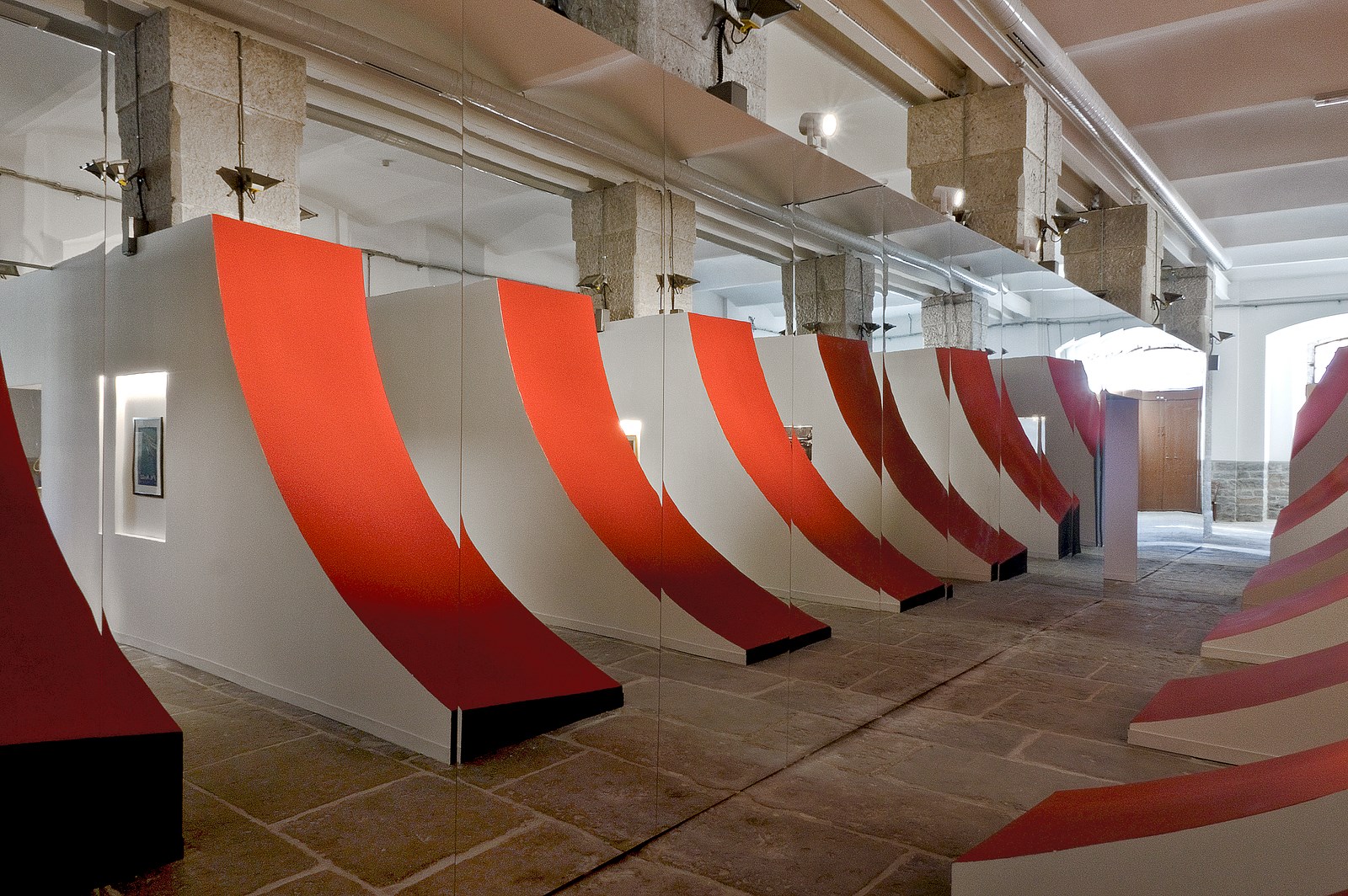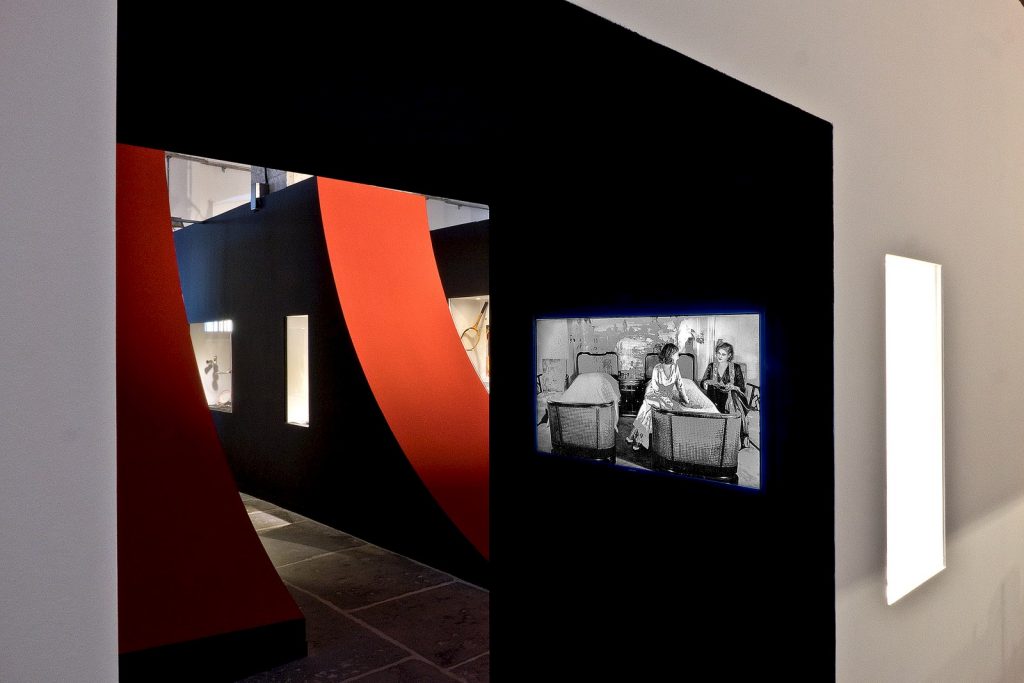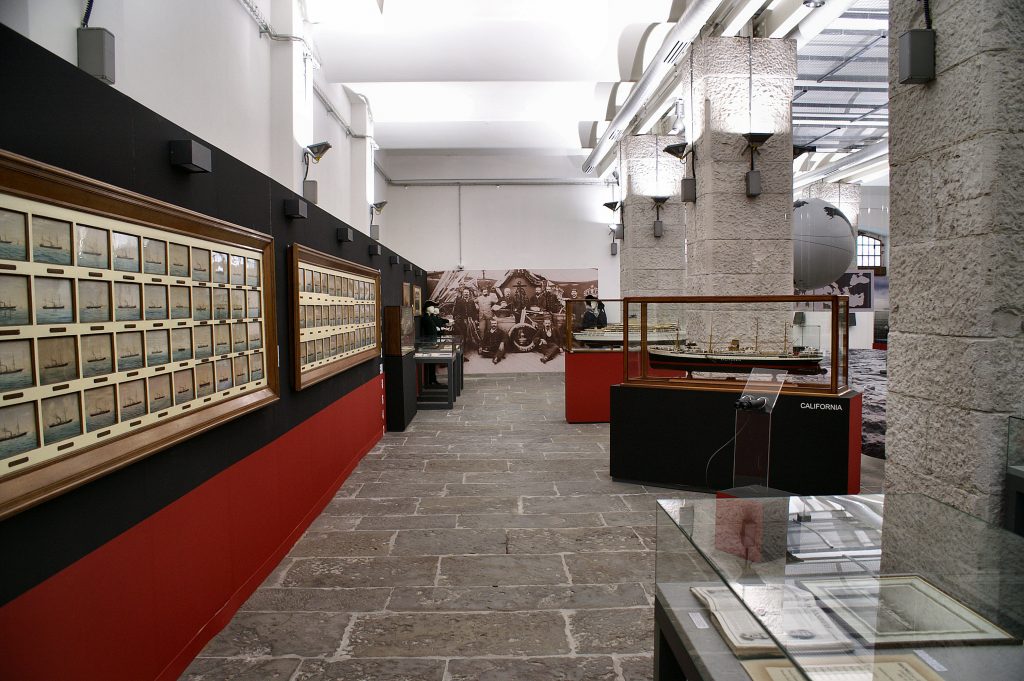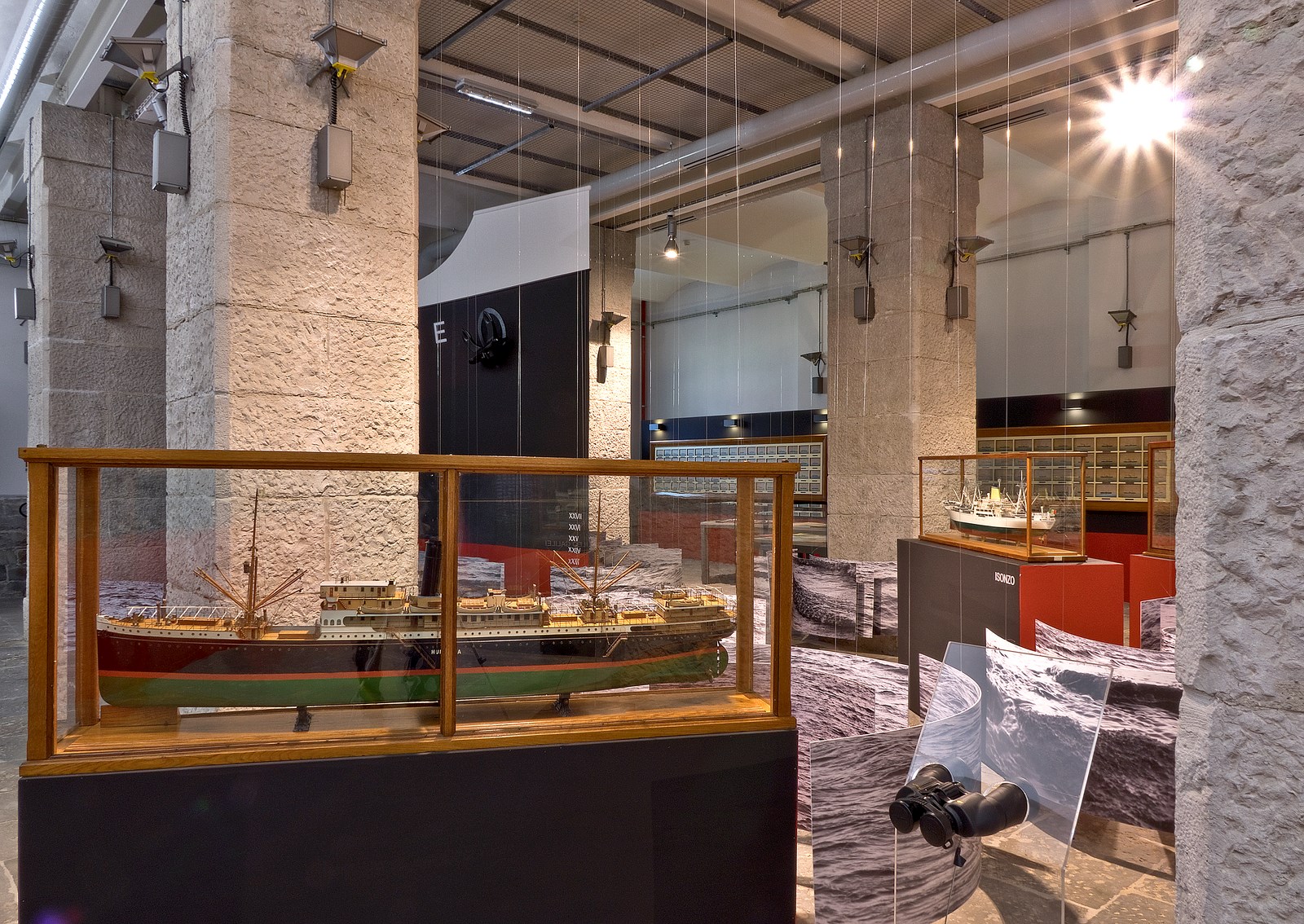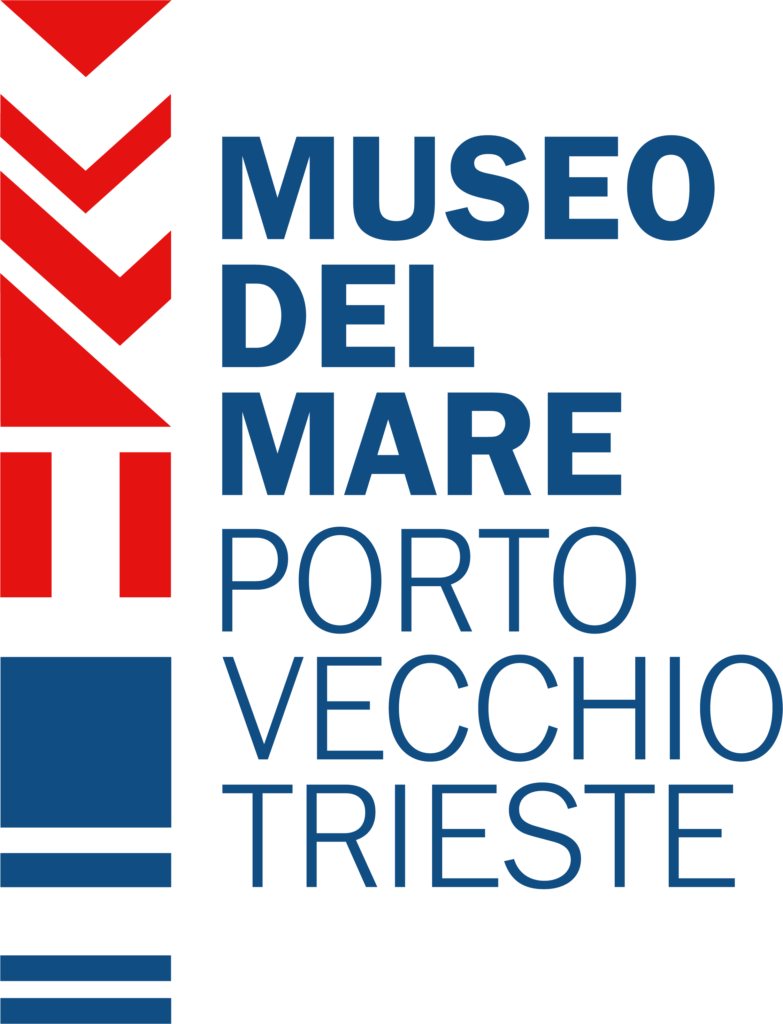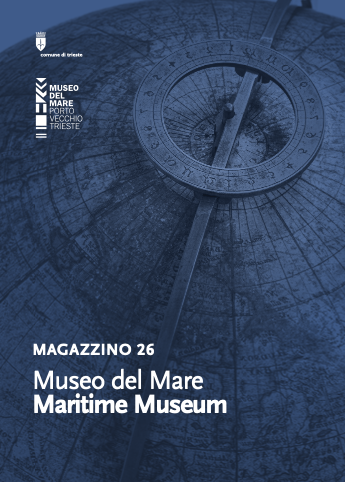Collection of the Civic Maritime Museum at Magazzino 26 in Porto Vecchio, Trieste
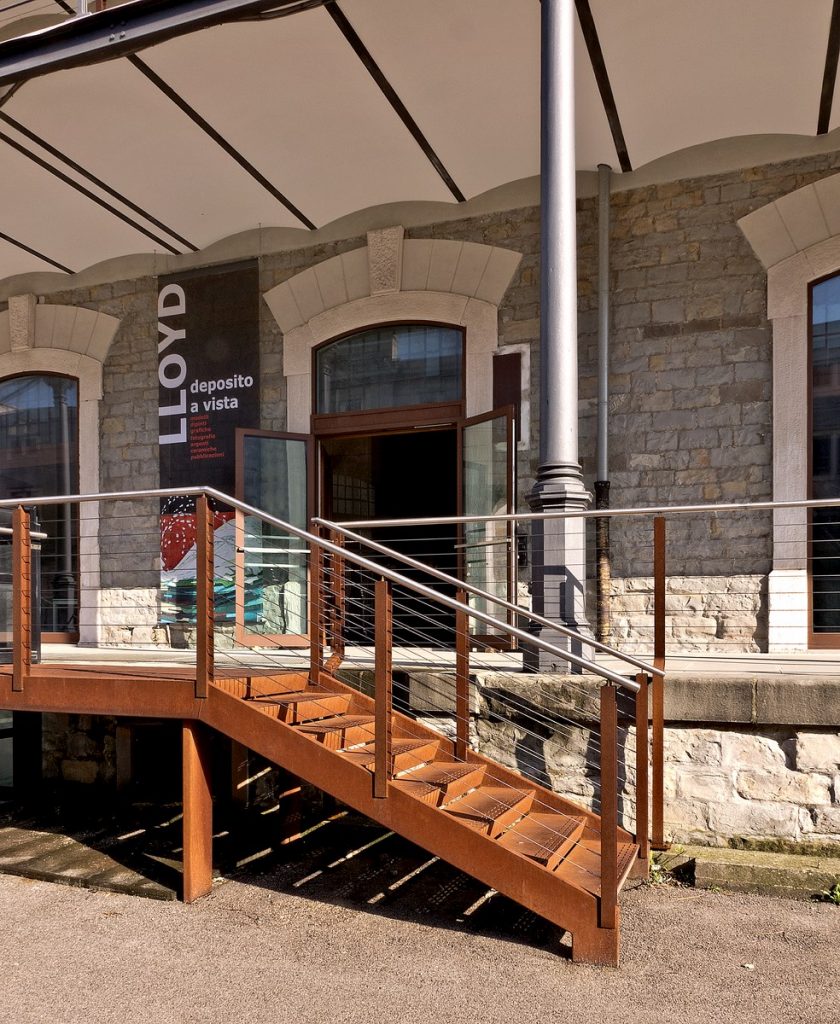
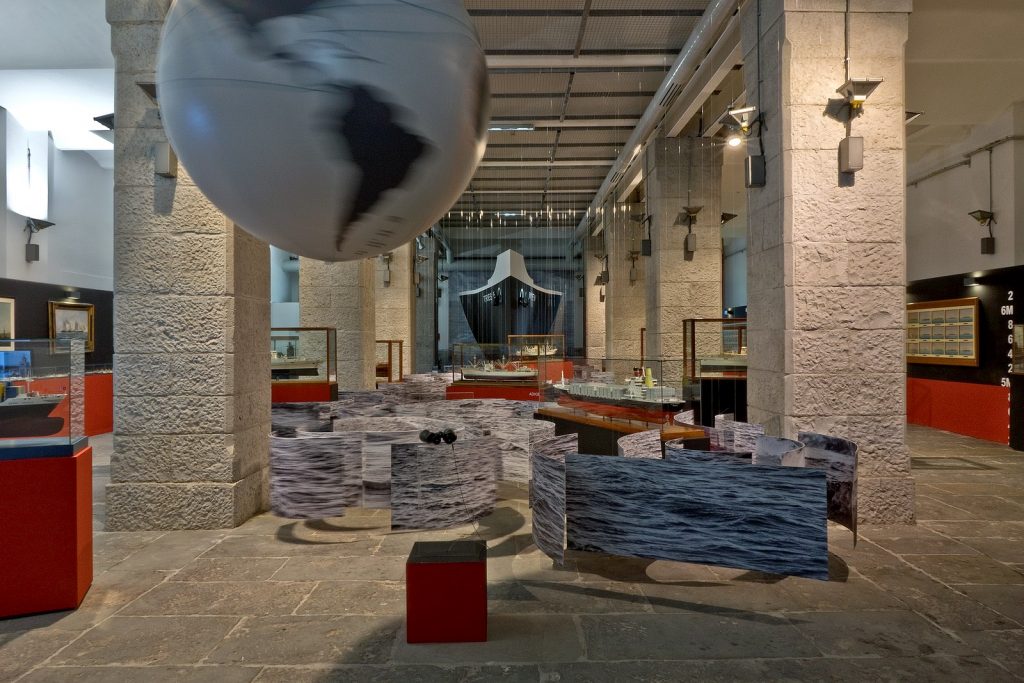
In 1833, a group of Trieste businessmen created the Lloyd Austriaco. Modelled on Lloyds of London, its purpose was to gather commercial maritime information and disseminate it among its members.
The potential opportunities of direct management of commercial shipping lines soon became evident, and in 1836 the so-called second section dedicated to steam maritime traffic was created: the Lloyd Austriaco shipping company was born.
Rapid growth in Lloyd’s business led to the construction between 1853 and 1865 of its dockyard in the bay of Servola, where some of the most modern ships in the Mediterranean were built.
The company continued to grow in following years, playing a leading role in the transport revolution that took place between the nineteenth and twentieth centuries as transport links and facilities were modernised.
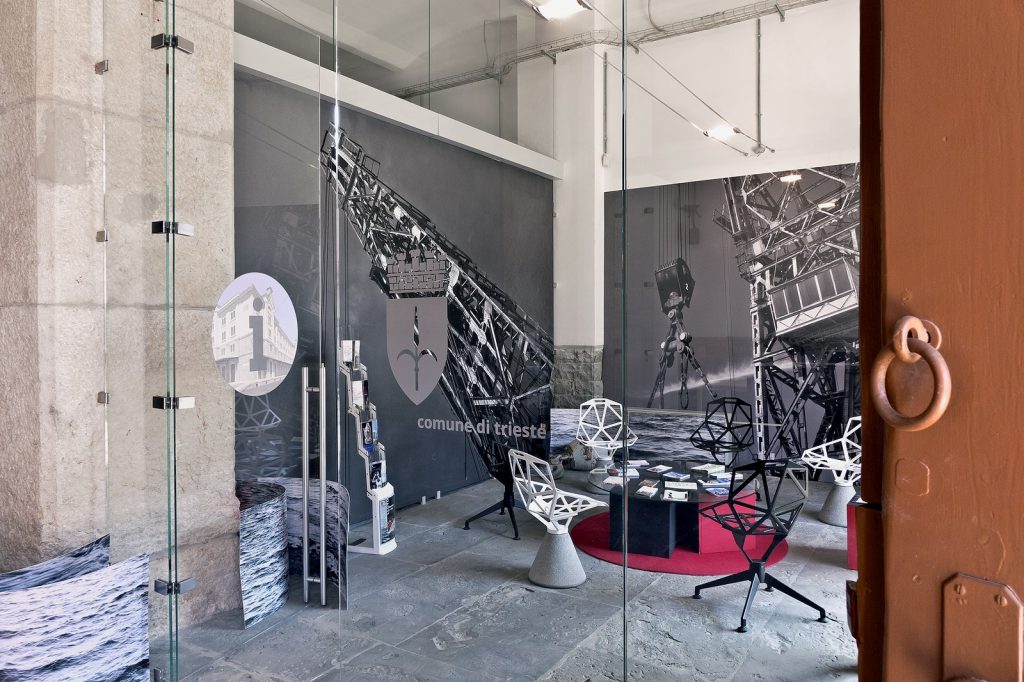
The First World War completely changed the geographical, political and economic climate, but despite the damage inflicted, the company, which by now had changed its name into Lloyd Triestino, reactivated some transport links as early as 1919.
In subsequent years the Cosulich ship-owning family took over management of the company, which was nationalised in 1933 and subsequently taken into the Finmare group. The company expanded greatly in the Thirties, managing over eighty ships and running passenger transport services in the Mediterranean and to America, Asia and Australia.
The Second World War took a very heavy toll on the company’s infrastructures and fleet. The immediate post-war agenda was dictated by the change in international relations and by Allied rule over the city, which lasted until 1954.
Lloyd succeeded rapidly in rebuilding a modern and elegant fleet. Liner service continued to be its main business, especially connections with Australia, but in the mid-1960s ocean liners were overtaken by aircraft as a means of transport and made way for cruise ships.
While passenger traffic was gradually being abandoned, the use of containers for freight required the construction of dedicated port facilities. The standardisation and mechanisation of transport favoured global networks that were independent from specific national interests. Like many European companies, Lloyd became a local limb of a larger structure.
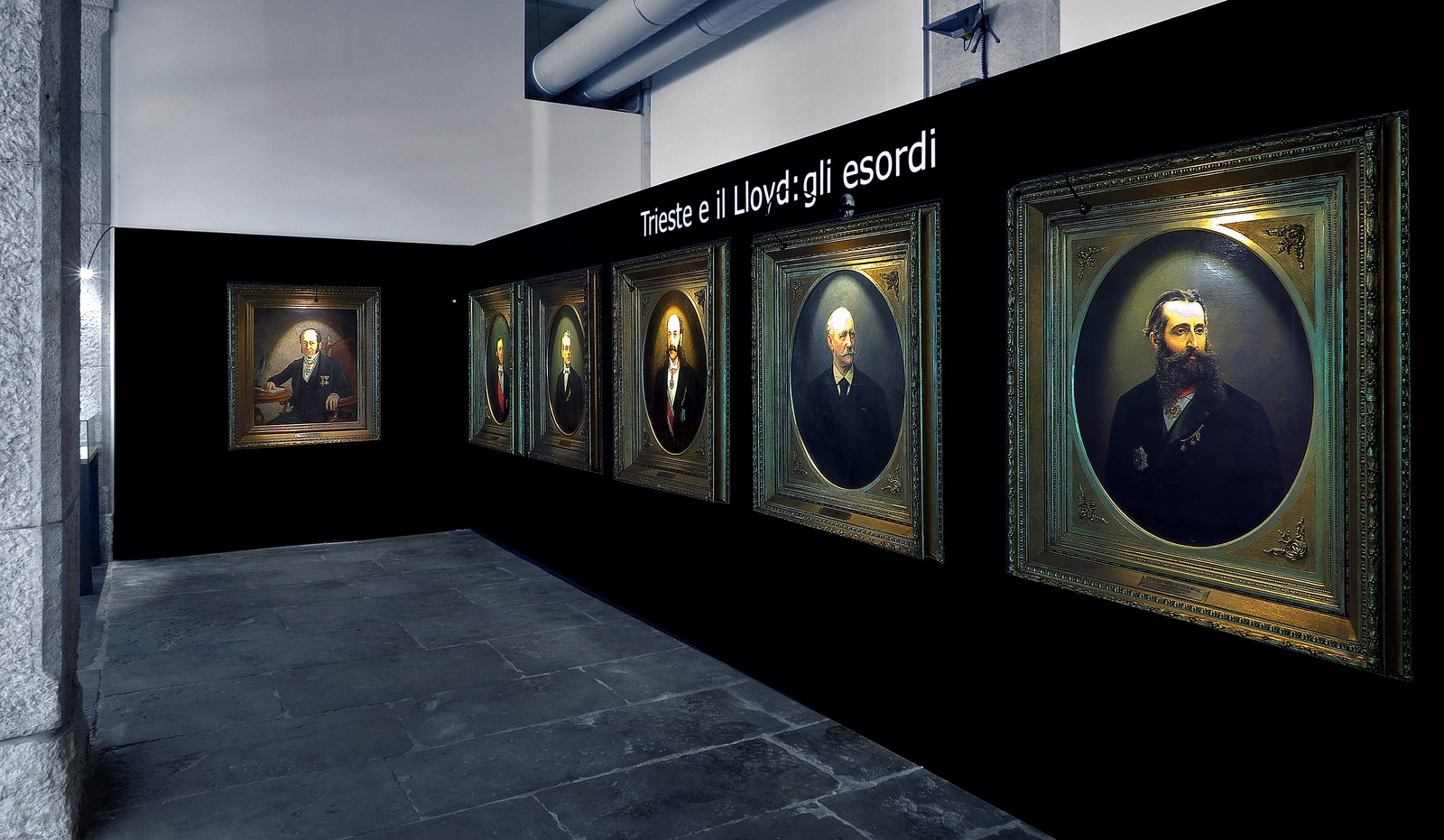
Trieste and Lloyd: the beginnings
In commercial companies it was customary to have portraits made of executives, and Lloyd also has its own gallery of founders and board members. These portraits were made by some of the most important names in Trieste’s artistic circles, such as Tito Agujari and Eugenio Scomparini.
Alongside them are documents and deeds of various foundations set up to support disabled sailors and workers, widows and orphans.
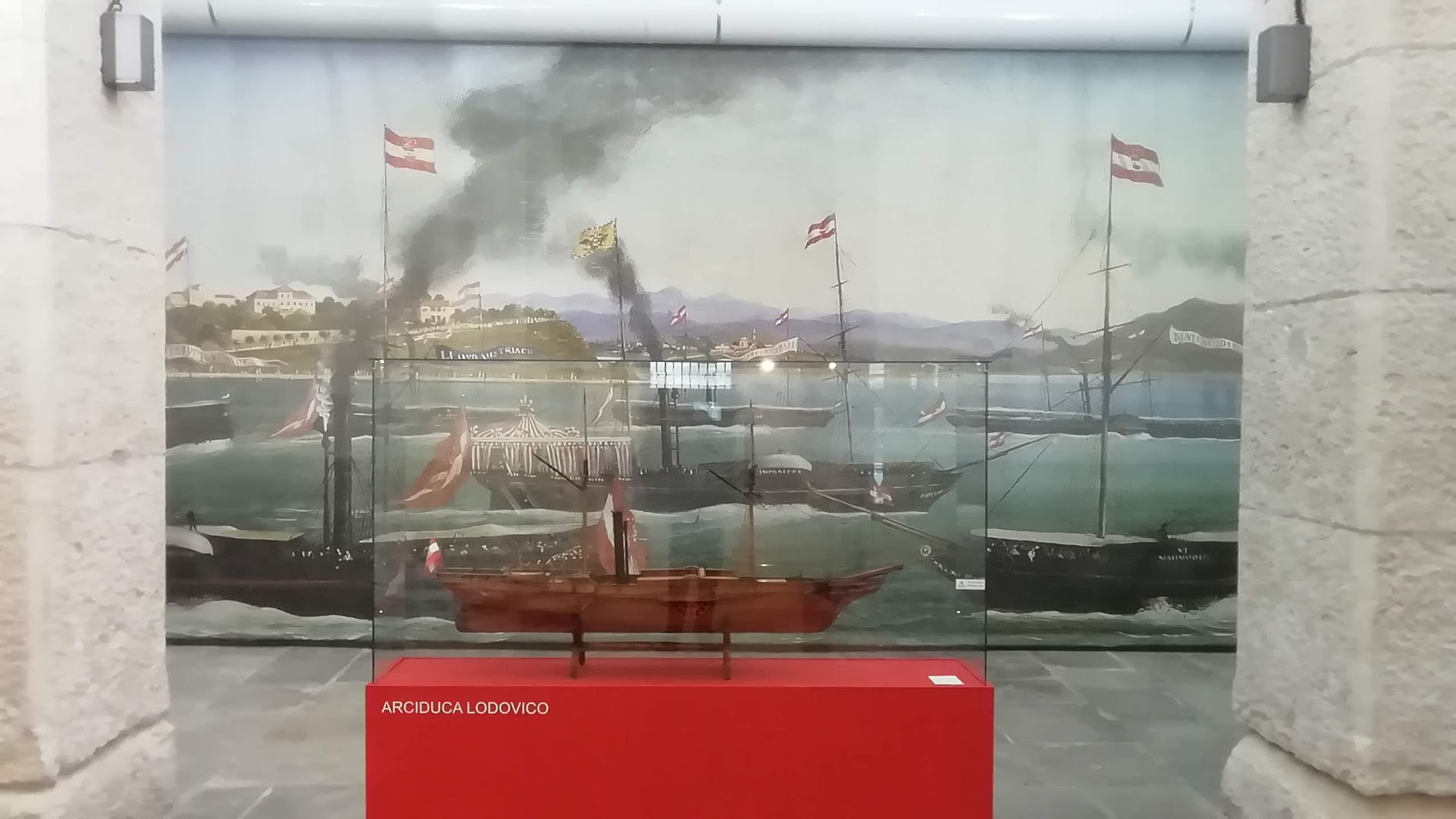
The shipping companies
Models from the older paddled hulls to screw ships. A section with a wealth of documents, photographs and prints illustrates the opening of the first routes, the opening of the Arsenale, the plans for the Lloyd headquarters, and the important infrastructures, from the Vienna-Trieste railway link to the Suez Canal.
Ships and routes
Room containing models of the most important ships from the early twentieth century to the seventies: from the Helouan, built by the Trieste dockyard in 1911, to the Lloydiana container ship (1972). The growth of the fleet is recorded in watercolours, paintings, films, books and documents.
The Klodic Gallery
Paolo Klodic (1887-1961) was an official of the Maritime Government of the Empire, and worked subsequently for the Port Authority. At the end of the Second World War he was appointed Harbour Master by the Allied Military Government.
He was a self-taught artist, and throughout his life kept an illustrated record of the ships entering the port of Trieste, a document of the city’s maritime history.
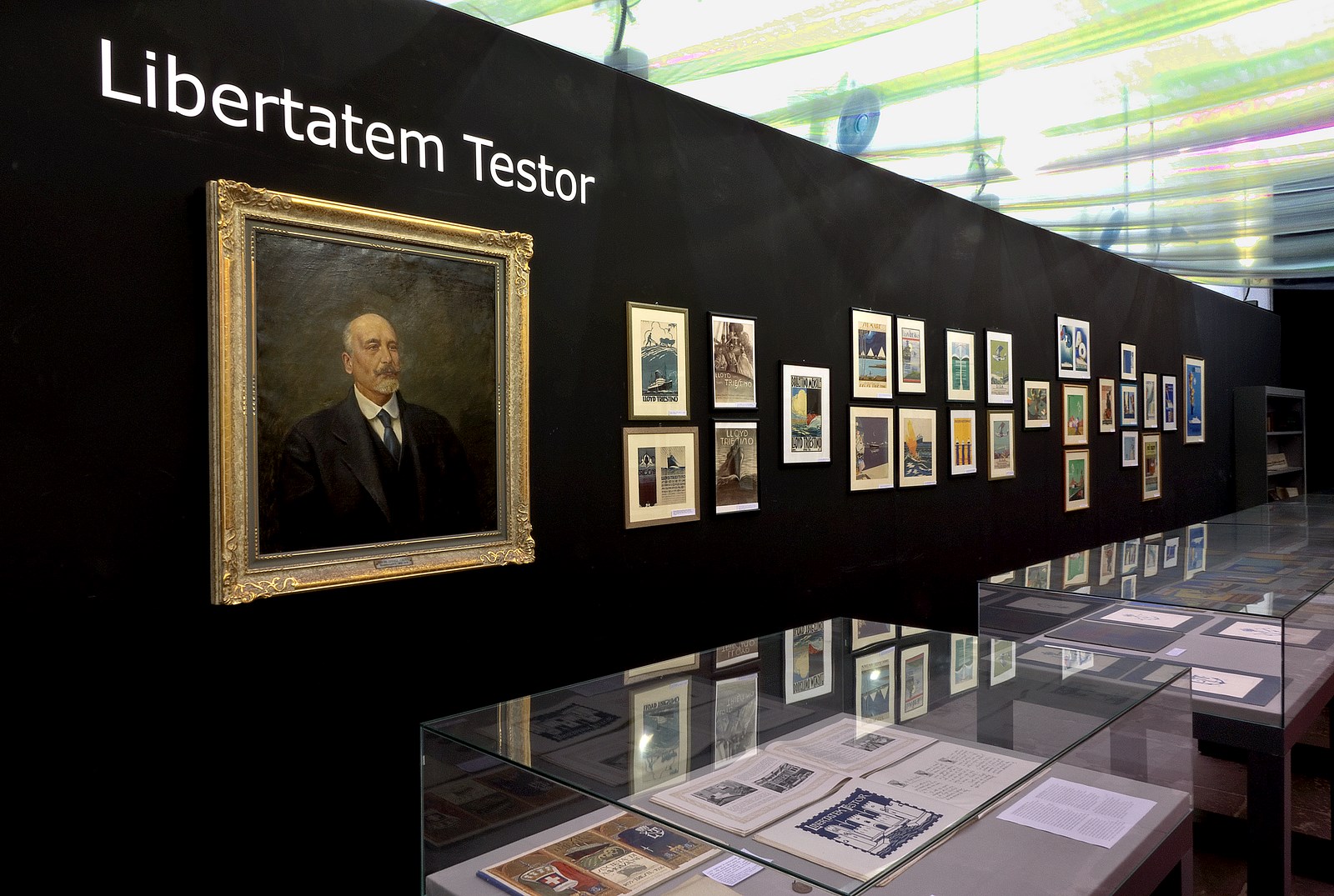
Libertatem Testor/Lloyd Triestino
In 1919, following the end of the Great War, Lloyd Austriaco became Lloyd Triestino. The fleet was re-formed only with difficulty and by 1927 the ships were again flying the Company flag and travelling the old routes.
Gabriele d’Annunzio composed the new motto Libertatem Testor (I proclame freedom) – replacing the previous one Vorwärts (forward) – which Guido Marussig translated graphically with a depiction of Trieste as a dame wearing a turreted crown.
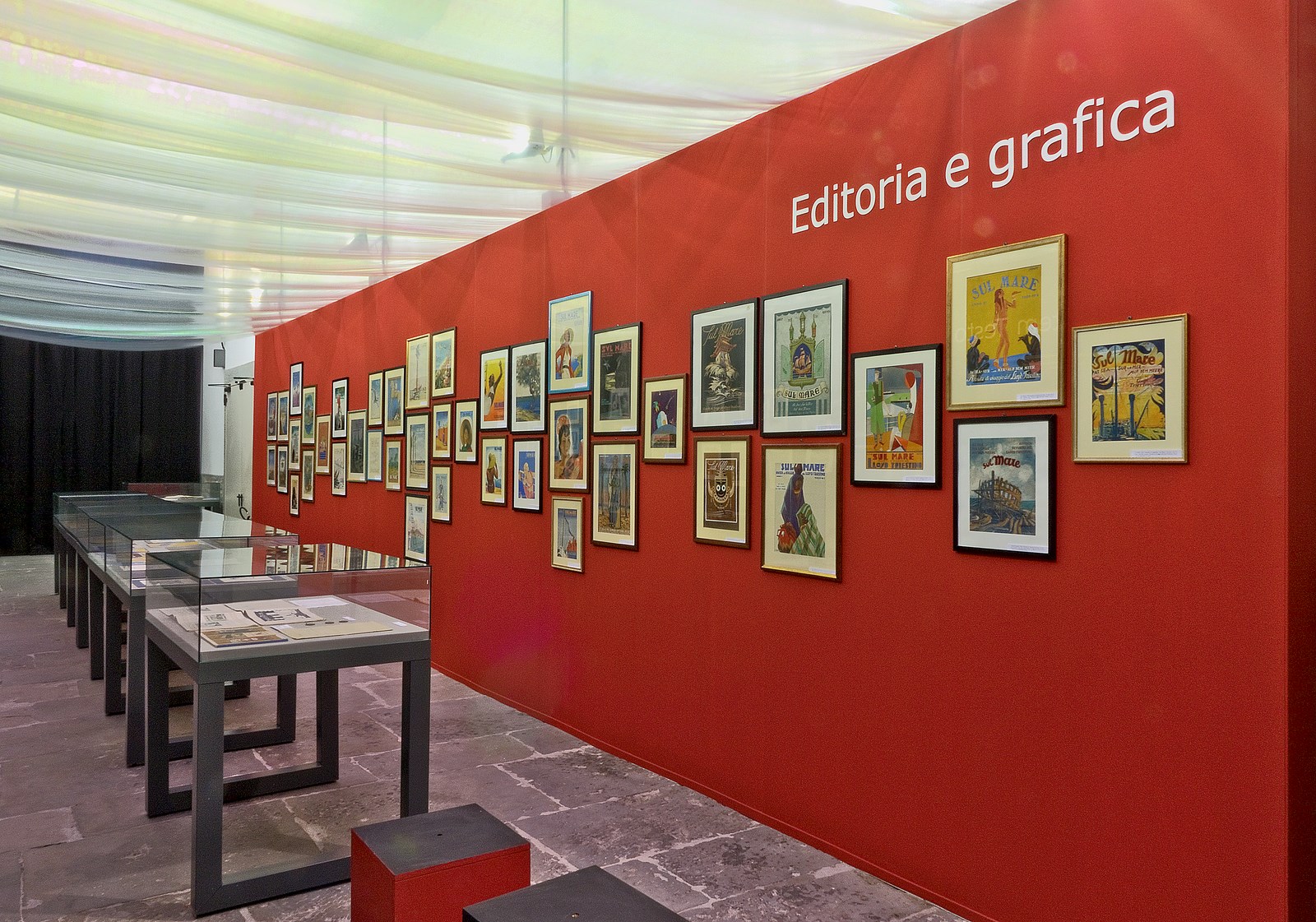
Publishing and graphics
In 1849 the third section of Lloyd Austriaco, dedicated to the production and dissemination of literary and artistic works, was officially opened.
The company print shop and the art office were responsible for publishing magazines in various languages and for all the company’s advertising material. Their task was to combine commercial objectives with high artistic standards and to harmonise all the company’s graphical output, including magazines, brochures and posters: it was the birth of advertising as we know it today.
Until the First World War, Lloyd’s graphical output had been in the international style of the Belle Époque. Subsequently, Bruno Astori, head of the press office, assembled a team of artists, including Marcello Dudovich, Guido Marussig, Argio Orell and Oscar Hermann Lamb, that created the conditions for the birth of a modern and versatile language from an authentic Trieste school of advertising-related illustration.
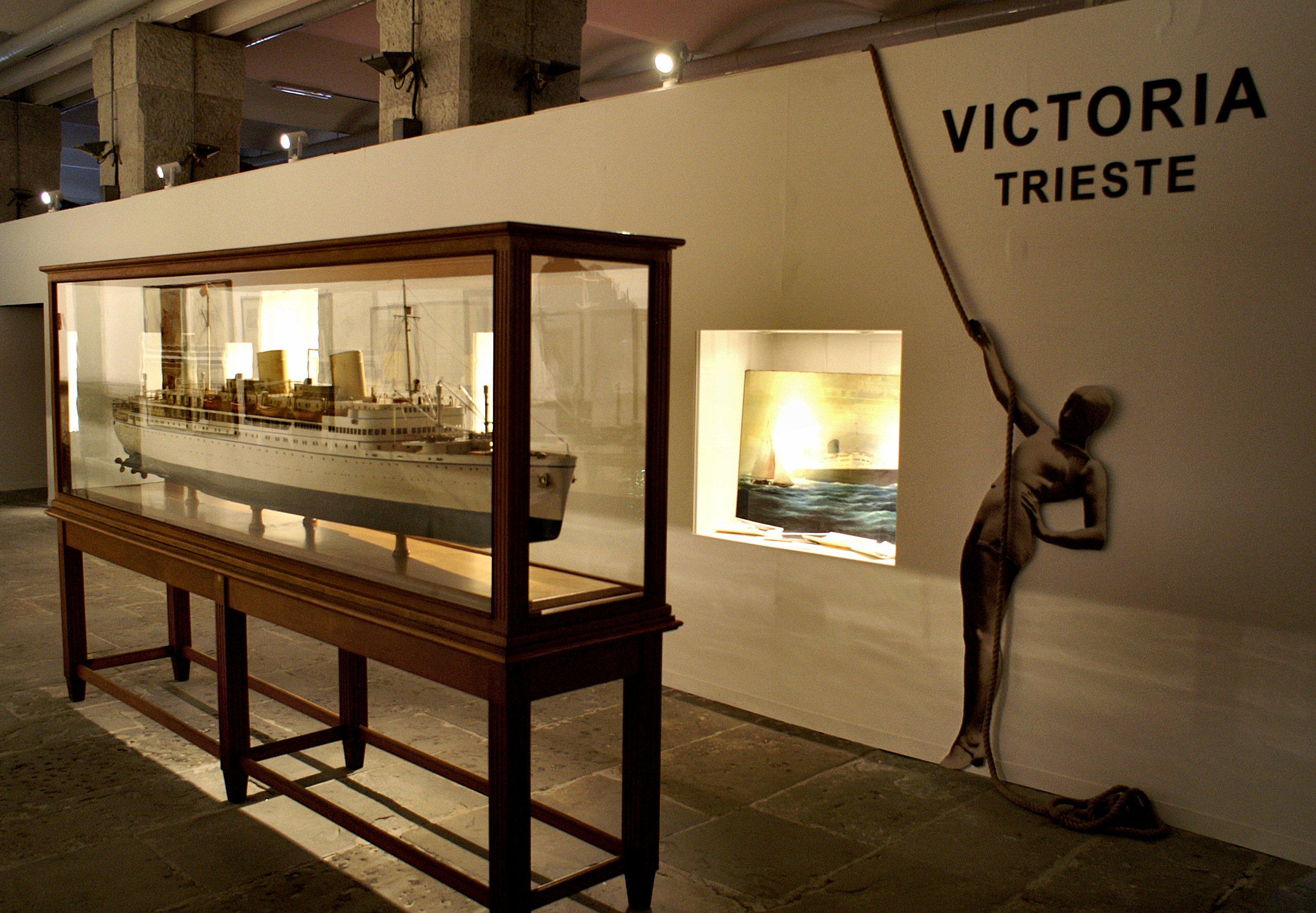
Victoria I and Victoria II
These two ships signalled a profound change in the concept of on-board furnishings. Historical styles and the pretence that a ship was effectively a luxurious palace transferred to the sea were abandoned in favour of modernity and a blend of design, art and engineering.
Collaboration between the engineer Nicolò Costanzi, the architect Gustavo Pulitzer Finali and artists such as Marcello Mascherini and Massimo Campigli brought alive the Victoria I, launched in 1930. Domus magazine published a special issue highlighting its modern furnishings, design and artistic features. It became the shipping symbol of the Thirties.
Pulitzer Finali also oversaw the installation of fittings on the Victoria II, launched in 1953, and continued to work with young artists.
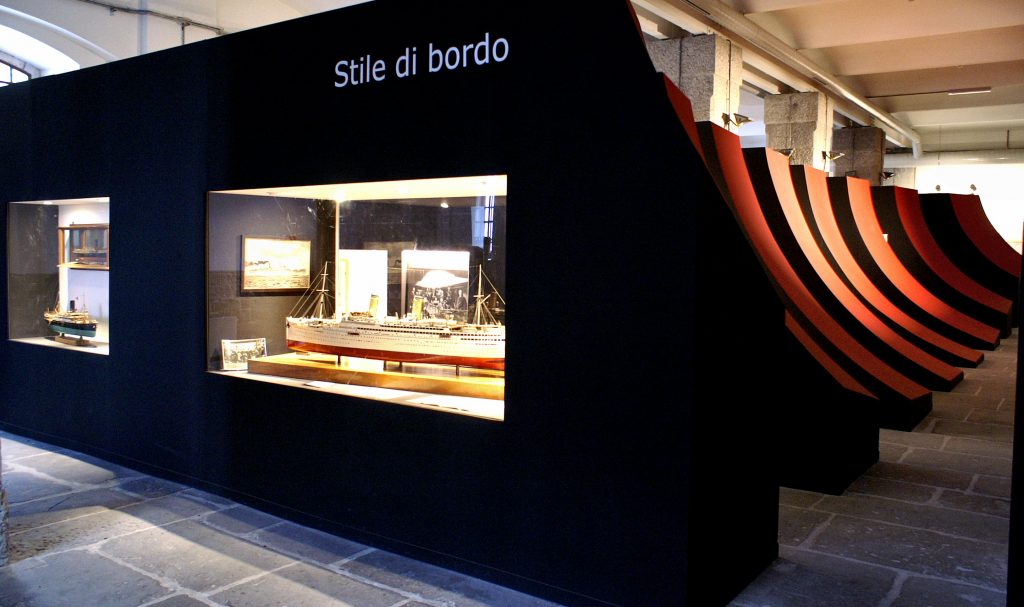
On-board Style
At the turn of the 20th century the modern passenger ship began to assume common form with new layouts and subdivision into classes. Journeys could last several days, so accommodation had to be comfortable, and passengers were offered numerous options, differentiated by class.
Lloyd ships were noted for luxury and comfort, and first class passengers could relax in reading rooms, take walks around the decks, participate in games and sports, and enjoy lunches and dinners worthy of the most renowned hotels.
Passengers’ testimonials and thanks were sometimes published in the company magazine and used as valuable advertising material.
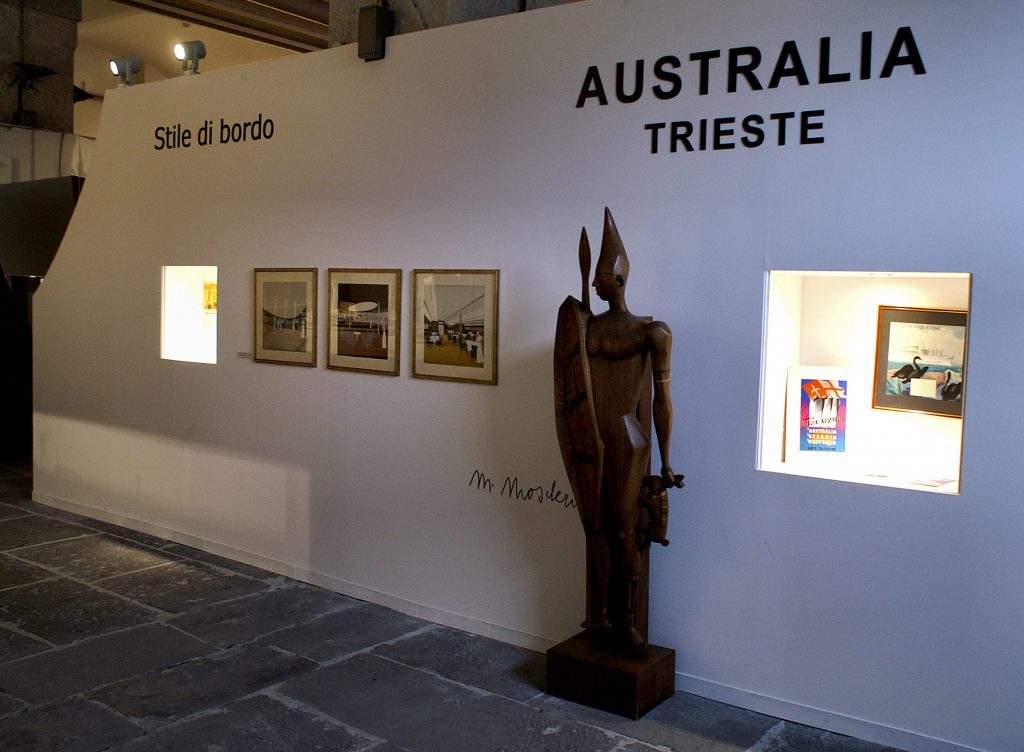
Australia
In 1950 three passenger ships were launched for service to Australia: Oceania, Neptunia and Australia.
For the Australia, the sculptor Marcello Mascherini created a pair of wooden statues: Canguro, now lost, and Aborigeno. The typical stylised forms of the sculptures were interesting for the use of wooden inlay in recognition of the techniques of native Australians, and for an evident wish to highlight the exoticism of the destination to the passengers.
